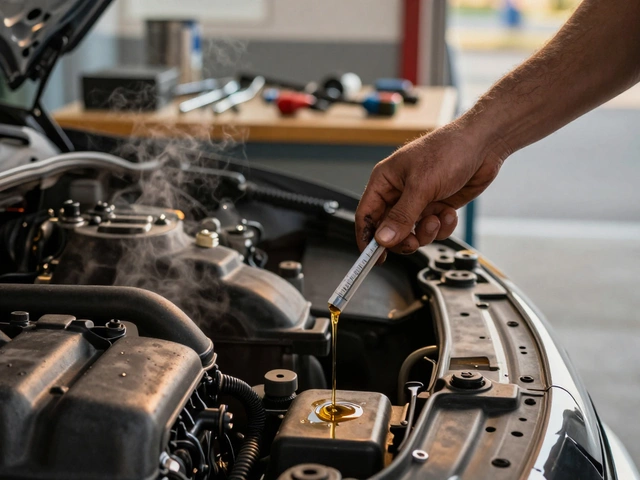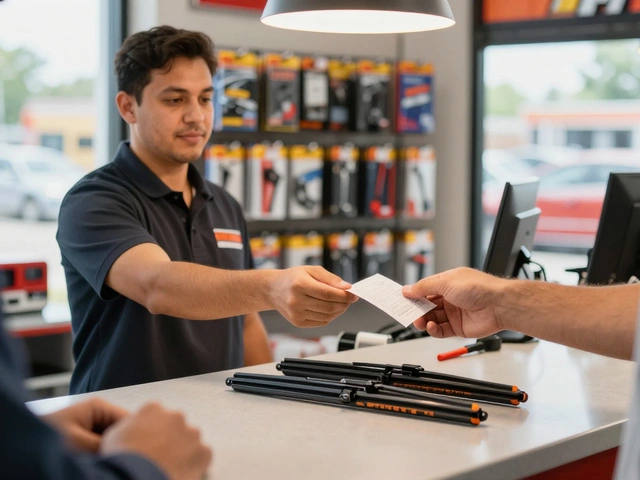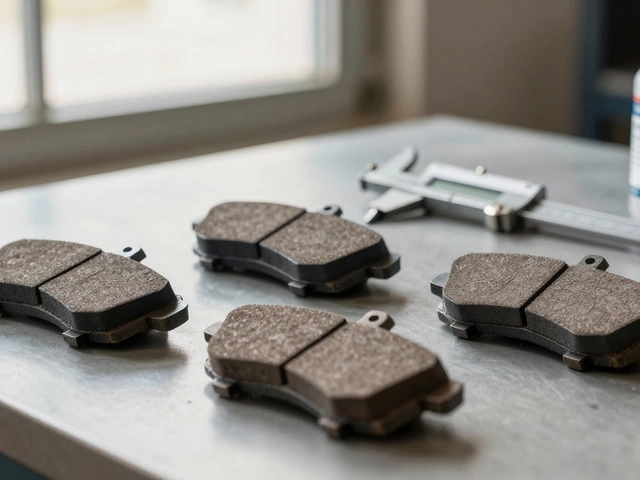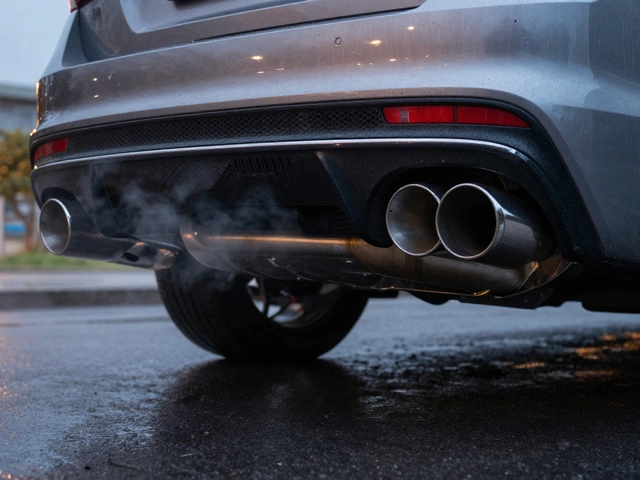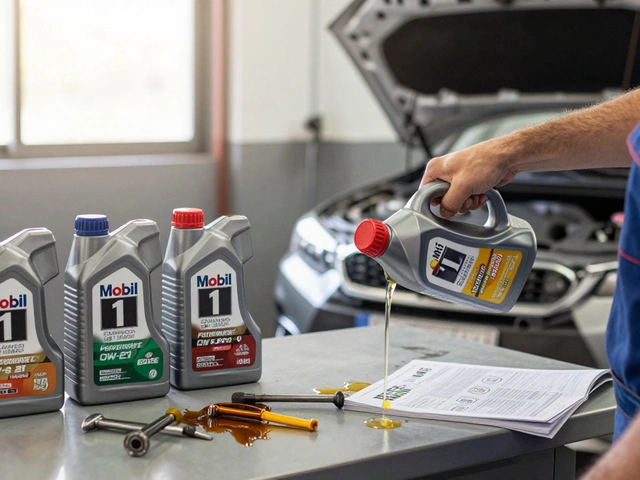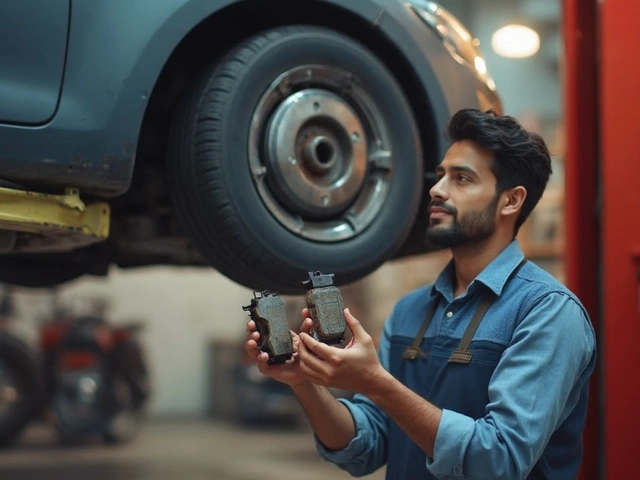Modern Engine Cooling: How It Works and What You Need to Know
When your car’s modern engine cooling, a system designed to regulate engine temperature using liquid, fans, and sensors to prevent overheating. Also known as liquid cooling, it’s the reason your engine doesn’t turn into scrap metal after 20 minutes of highway driving. Unlike old-school air-cooled engines, today’s cars rely on a closed-loop system that moves coolant, a mixture of water and antifreeze that absorbs heat from the engine and releases it through the radiator in a continuous cycle. This isn’t just about keeping things from getting hot—it’s about keeping the engine at the exact sweet spot where it runs clean, efficient, and strong. Skip this system, and you’re gambling with a $5,000 engine rebuild.
The heart of modern engine cooling is the radiator, a heat exchanger that transfers engine heat to outside air, usually made of aluminum with thin tubes and fins. But it doesn’t work alone. The thermostat, a valve that opens and closes based on temperature to control coolant flow decides when the coolant should circulate. The water pump, a belt- or electric-driven component that pushes coolant through the engine and radiator keeps the fluid moving. And then there are sensors, electric fans, hoses, and the overflow tank—all working together like a team. One weak link, like a clogged radiator or a stuck thermostat, and your whole system starts to fail. You’ll see warning lights, hear knocking, or worst case, steam pouring from under the hood.
Modern systems are smarter than ever. Many now use electric water pumps that only run when needed, saving fuel. Others adjust fan speed based on real-time engine load, not just temperature. Even the coolant itself has evolved—long-life formulas now last 100,000 miles or more. But that doesn’t mean you can ignore it. A bad radiator, a leaky hose, or old coolant that’s turned acidic can quietly eat away at your engine. The posts below show you exactly what to check, when to replace parts, how to spot early warning signs, and what upgrades actually make a difference. No fluff. No jargon. Just what works.
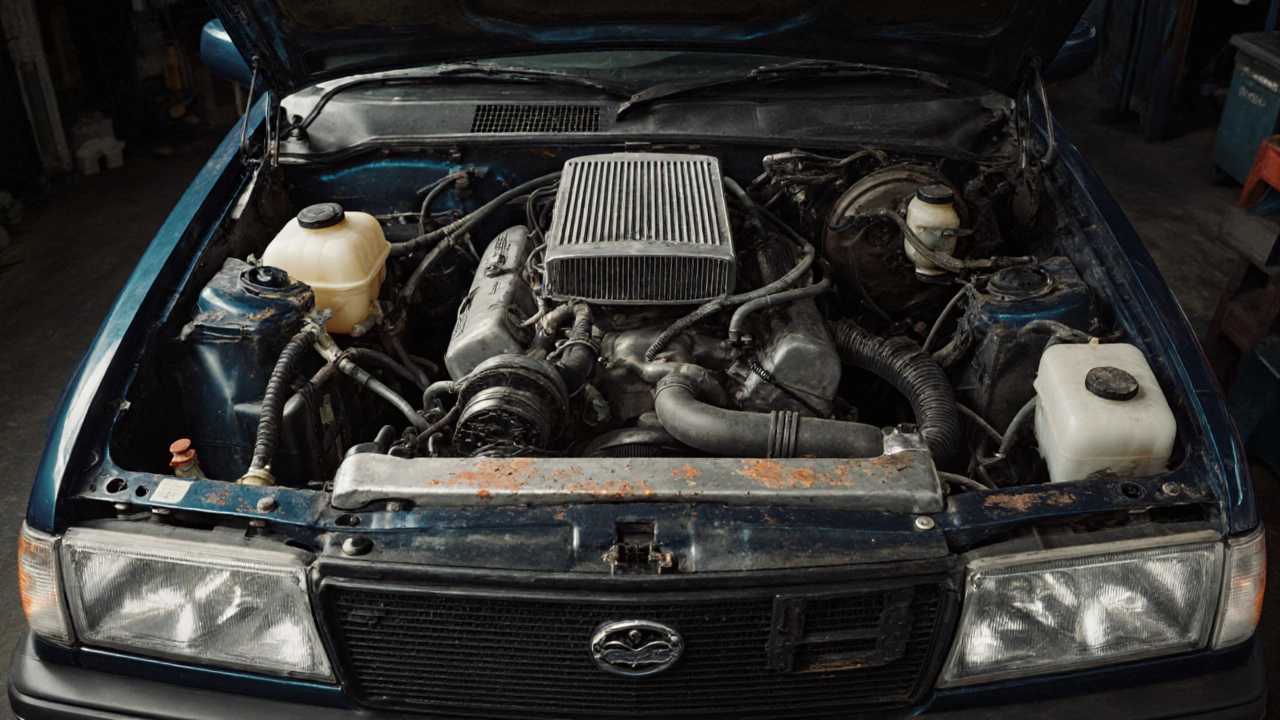
Why Are Car Radiators No Longer Used in Modern Vehicles?
Modern cars no longer rely on traditional radiators thanks to electric cooling systems, distributed heat exchangers, and smarter thermal management. Here’s why the radiator is being phased out-and what replaced it.
CONTINUE READING